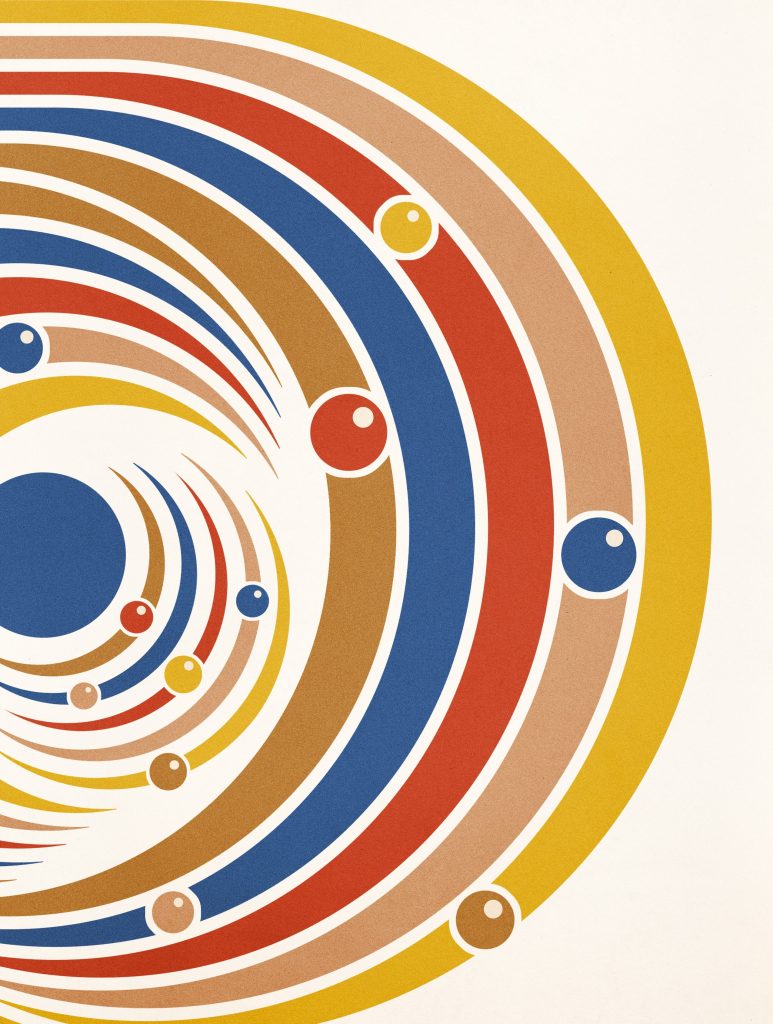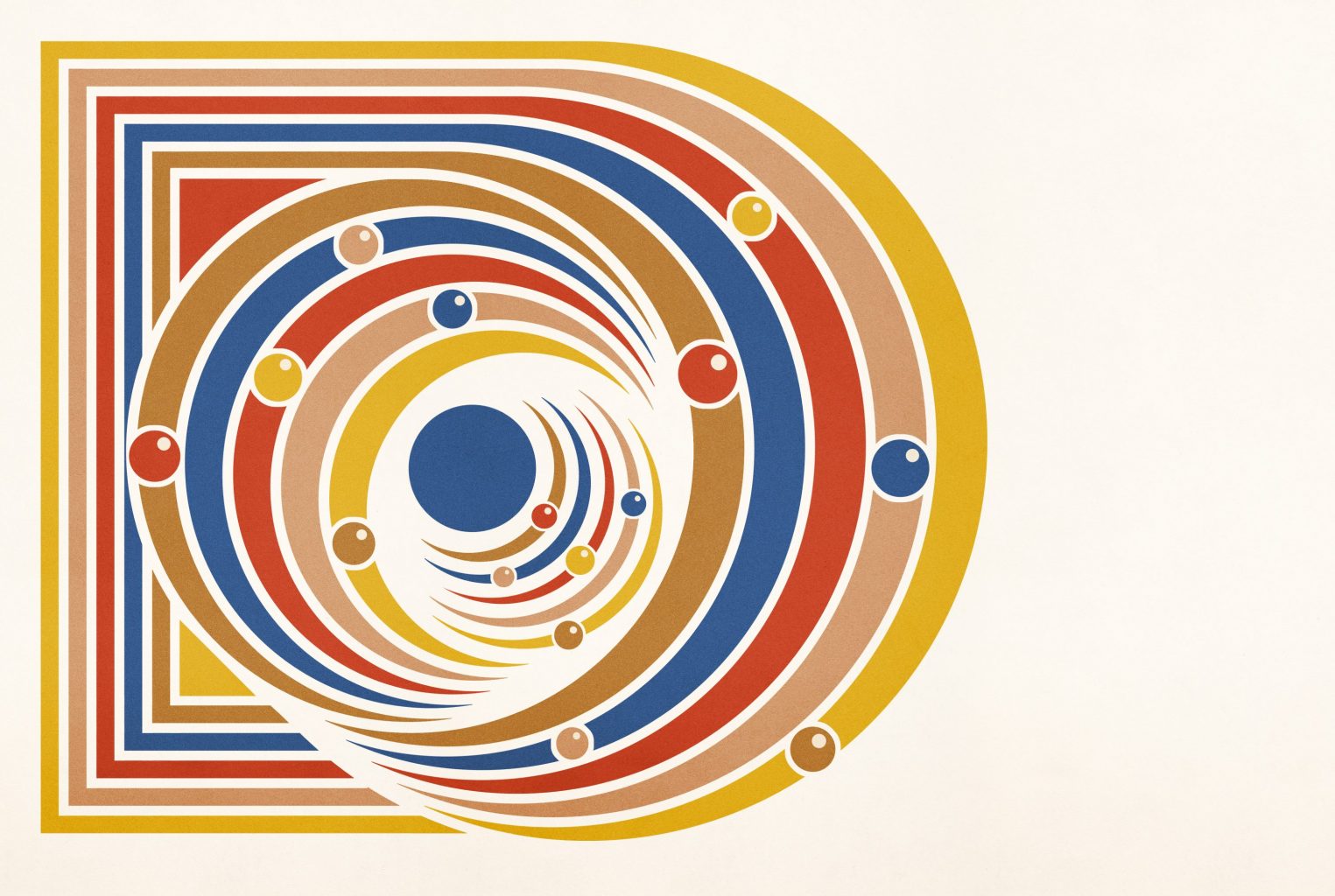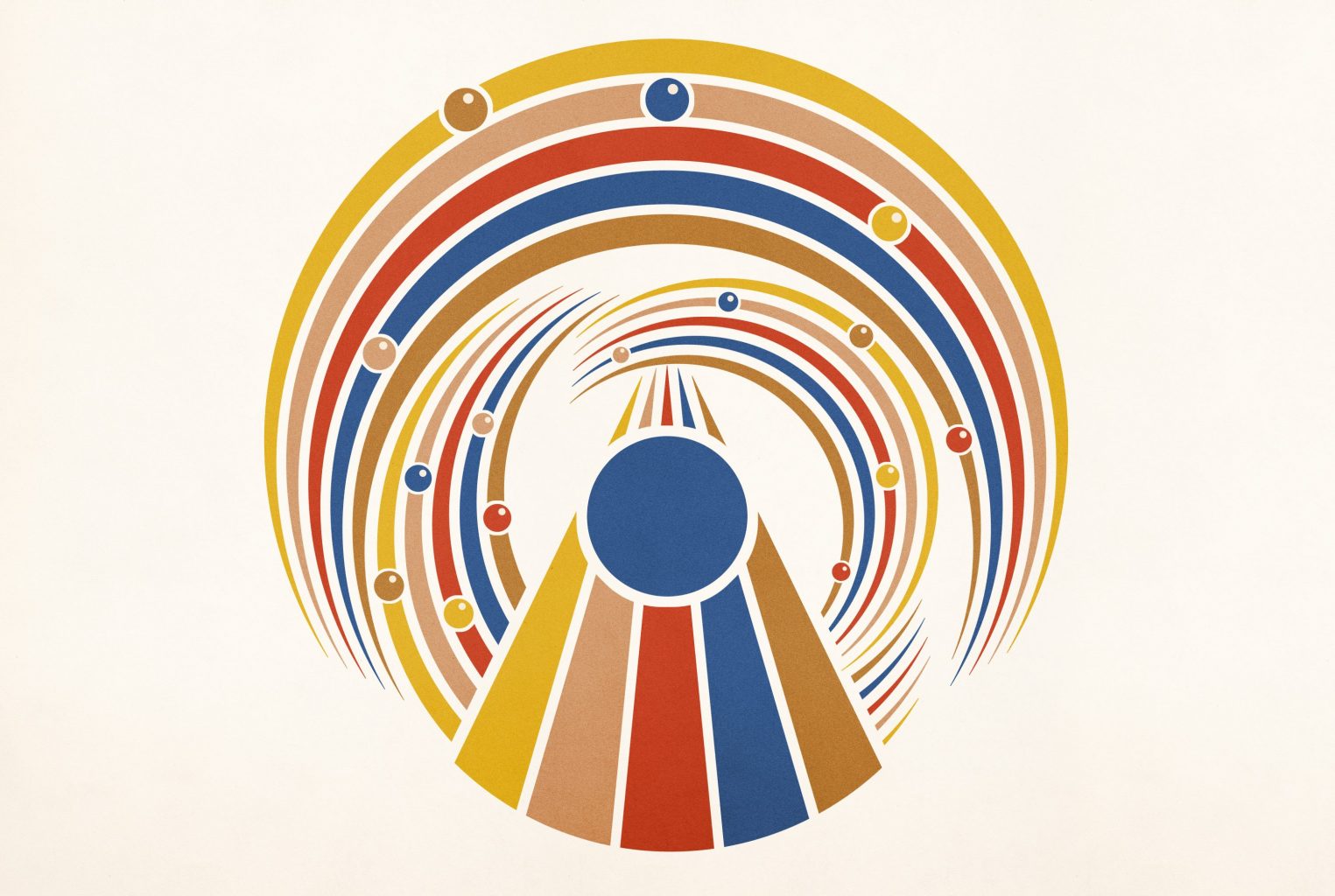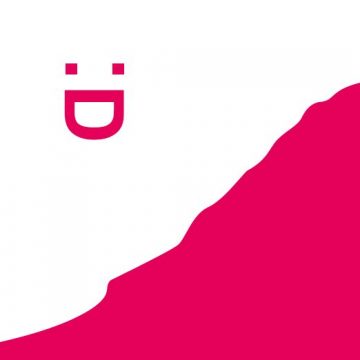The circle of life: a human obsession with cycles
Cycles are among the oldest ways of grasping human existence, but what does their use tell us about how we understand life itself?
“To everything there is a season, and a time to every purpose under the heaven.” But does the very human instinct to interpret life in terms of cycles make sense? Is it even useful?
Now, two Cambridge scholars, together with an international team, have produced a breathtakingly wide-ranging account of the conceptualisation of cycles and circulation in the history of medicine and the life and environmental sciences. Its scope spans the concept of circulating qi from ancient Chinese medicine, and political philosopher Niccolò Machiavelli’s speculations on the life and death of commonwealths. It ranges from modern contraception and assisted reproduction to manipulate fertility cycles, to our intervention in parasite life cycles in attempts to eradicate malaria.
Some cycles are ancient and ubiquitous, such as the seasons. Others represent innovations.
“Our research draws attention to the rich history of thinking in the life sciences in terms of cycles and circles,” says Staffan Müller-Wille, University Lecturer in History of Life, Human and Earth Sciences. “There is a dominant strand in the literature that assumes that the tree is the central visual metaphor in the life sciences – the branching diagrams of species evolution, and so on. We challenge that idea, aiming to show what a rich history awaits if you switch to another visual metaphor, the circle.”
“How things are represented, what is made visible and what is hidden, shapes our actions in important ways,” says Nick Hopwood, Professor of History of Science and Medicine and a co-organiser of the week-long Ischia Summer School, out of which the paper developed. “We wanted to explore why people have so often used cycles as metaphors and icons, and to examine the power of cycles in relation to linear representations. We also wished to highlight cycles’ ambiguity. Circles appear as closed systems, offering the impression of unity and perfection. But we know that cycles may be open and dispersed.”

Take the example of primate reproductive cycles. “In the 19th century, menstruation was pathologised, presented as a debilitating process that disqualified women from entering the professions,” says Hopwood. “Then anatomists, physiologists and biochemists reframed menstruation as not an ebb and flow, but rather part of a cycle. For much of the 19th century, doctors taught that ovulation and menstruation happened at the same time. It took several decades for the cyclical model to be accepted.”
More recently, that model has been modified once more, by assisted reproductive technology – the specialism of lecturer Lucy van de Wiel. “My research looks at egg freezing and its relation to ageing and time,” explains Van de Wiel. “Egg freezing, in which a woman’s eggs are harvested and stored for potential use in assisted conception in the future, is closely linked to the idea of what it means to age, and the gender differences implicit in this process. Women’s ability to conceive and become pregnant changes as they age, which has many social implications and becomes meaningful in new ways as reproductive technologies are introduced.”
The history of reproductive medicine is, Van de Wiel explains, one of continual tension between the linear and the cyclical. Early in the last century, cyclical conceptualisations predominated, with the menstrual cycle seen as a sign of fertility. Recently, more emphasis has been put on a linear view – “one more focused on eggs and the decline of the ovarian reserve towards menopause,” says Van de Wiel.
Problematically, though, Van de Wiel notes that “a person cannot ordinarily see the eggs inside themselves or even really feel them”. So unlike a menstruation-focused conceptualisation of fertility, this egg-reserve conceptualisation needs to be mediated by clinics. And in a commercial environment, this mediation is not straightforward. “So-called fertility MOTs are often marketed as a way to know where you stand, but it’s really very hard to predict the true state of the ovarian reserve,” says Van de Wiel.
“If women do freeze their eggs, they enter a different kind of time, neither linear not cyclical,” she says. “These eggs are seen as something unchanging. Something preserved for the future, when they will enable a return to a woman’s younger years.” Again, the language is of ‘freedom from the biological clock’ or ‘turning back time’. “But we know that many of these eggs will not successfully fertilise. And the majority of women will never even seek to use them.” Their very existence in storage, though, disrupts notions of bodily time that have endured through human history. “Previously, there was a certain age at which people anticipated menopause and accepted that they were no longer fertile. But that metric of ageing takes on a different character if you know you have eggs in the freezer.”
Sustainability is perhaps the most foundational way in which cyclical thinking is embedded in our modern consciousness, from recycling to renewable energy
Some cycles are ancient and ubiquitous, such as the seasons. Others represent innovations. William Harvey’s formulation in 1628 of the circulation of blood used an old idea – the perfection of the circle – to promote a new view. Müller-Wille is fascinated by another circular insight taking place right now in evolutionary biology, that promises to be equally transformative.

“The theme of our research – ‘circularity’ – was in part inspired by developments in which life cycles have become more and more important,” says Müller-Wille. “That is, the displacement of the gene from the centre of biology. From the 20th through to the early 21st century, it looked as though everything turned around the gene. But that view has now become problematic. We now know genes are bound into complicated architectures and regulatory networks.
“There are biologists and philosophers of biology who are emphasising the life cycle as the crucial unit of an organism. There is a lot of discussion around extended inheritance – the non-genetic inheritance of information across generations – and inheritance systems. This represents a kind of ‘full circle’ that biology is going through. The organism as a developing entity, from infancy to adulthood, was also the starting point of Aristotle’s thinking,” he says.
Sustainability is perhaps the most foundational way in which cyclical thinking is embedded in our modern consciousness, from recycling to renewable energy
Cycles have never gone away as a tool for thinking with, says Hopwood. Indeed, they are fundamental to many ways in which people now conceptualise the world around us. Various kinds of politics hold out the promise of a nostalgic return that also offers hope of renewal – think ‘Make America Great Again’. “The promise of return can also appeal on the Left,” says Hopwood. “Such as going back to the postwar decades as a golden age of modernity shaped by greater working-class power, with welfare states and lower inequality. Our article draws attention to the force of cyclical metaphors and their travels between society and nature.”
And perhaps the most foundational way in which cyclical thinking is embedded in our modern consciousness? Sustainability – whether that’s recycling and upcycling, or rewilding and renewable energy.
“In the 18th century, the botanist Carl Linnaeus worked within the framework of an ‘economy of nature’,” says Hopwood. “In one passage he wrote about whether we should use the earth from cemeteries to fertilise fields and grow crops – though he admitted he’d have to be really hungry to eat a head of cabbage grown from the soil of a human head. Nineteenth-century materialism radicalised these ideas. They shaped the development of sewerage systems in optimistic visions that recycling would solve the problems of industrialising cities.”

Even our current greatest shared fear – of a climate long in balance now disrupted by human-made global warming, and perhaps approaching a tipping point that may render the planet unliveable – has historical antecedents. Theories of the Earth in the 17th and 18th centuries combined cycles and linear change – variously describing a planet slowly cooling, completing one cycle to end in flames or oscillating forever. “By the early 19th century, geologists were committed to an irreversible, directional history and the notion of extinctions,” says Hopwood. “Yet Charles Lyell defended a more cyclical view in which, should the same conditions return, such beasts as iguanodons and ichthyosaurs might reappear.”
What’s changed, though, is a new awareness of human impacts and of externalities, or hidden costs within systems, which can be obscured by the elegant cycles that symbolise them. The notion of recycling may distract from practical limitations that prevent any full restoration. Cycles of production in industrial agriculture have typically failed to represent, and so account for, resource depletion or land contamination.
“The rise of environmental consciousness was partly about seeing cycles with a different eye,” says Hopwood. “The circle, with its promise of return, is an extremely influential way of thinking about some of the most important and urgent problems in the world today. But we should remember that cycles may hide as much as they reveal.”
‘Cycles and circulation: A theme in the history of biology and medicine’ was published in the journal History and Philosophy of the Life Sciences in July 2021.







